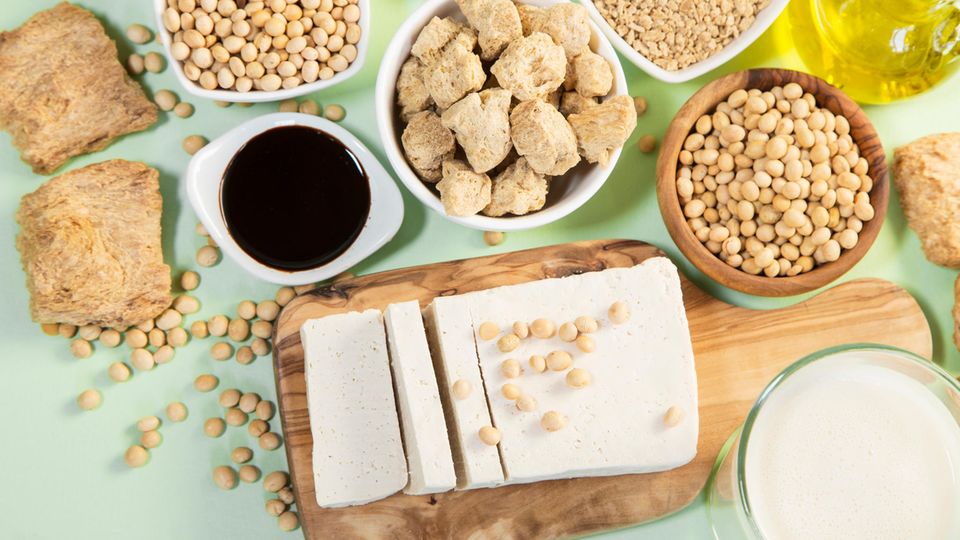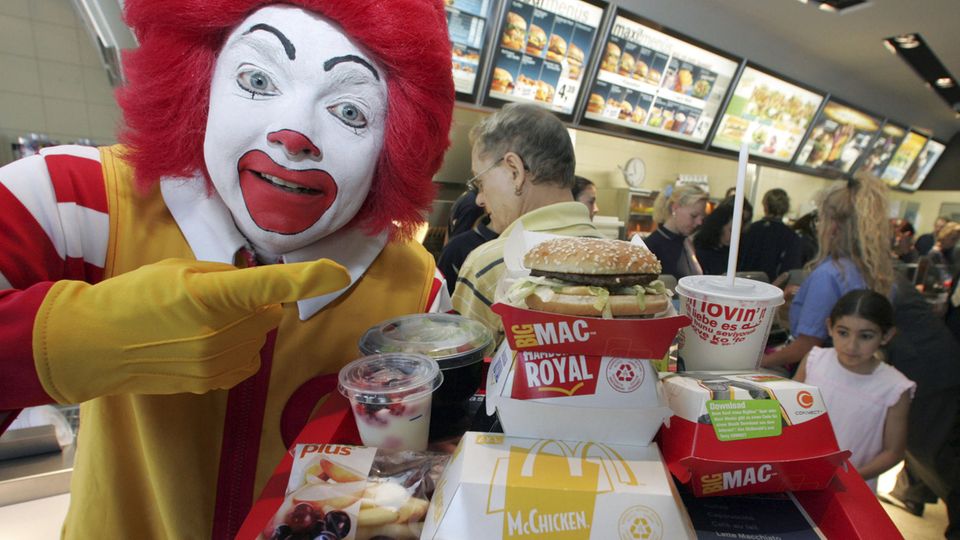For International Burger Day
McDonald’s wanted to become a veggie pioneer as early as the 1960s – and failed miserably with the burger
McDonald’s was once ahead of its time with the vegetarian hula burger.
© Peter Kneffel / Picture Alliance
At a time when others weren’t even thinking about veggie burgers, McDonald’s was already experimenting with meatless alternatives. But the hula burger flopped. Why actually?
McDonald’s has long wanted to get away from the sleazy image of fast food and have its finger on the pulse of the times. The burger giant makes every effort to market itself as green, regional and sustainable as possible. After all, the ecological conscience of the hungry now has a say in consumption. The desire for meat has weakened, and the fast-food giant is also feeling this, which is why it has been working on vegan and vegetarian burgers for a number of years. The endeavor is not new. Because the first prototype of a veggie burger went over the sales counter in the early 1960s, at a time when others didn’t even dream of plant-based alternatives. He flopped tremendously.
Devout Catholics were once the source of inspiration for the first veggie burger. Because Christians avoided traditional burgers during Lent, the operator of a branch in the US state of Ohio quickly developed an alternative in the early 1960s and replaced meat with fish. “I was struggling,” Lou Groen once recalled in the Chicago Tribune, “this area was 87 percent Catholic. On Fridays we were only making about $75 a day.” He hoped to have found a way with the “Filet-o-Fish” that was good enough to cushion the drop in sales. But not everyone believed in the fish burger.
McDonald’s first veggie burger
The biggest critic was probably Ray Kroc. At that time a big shot at McDonald’s. According to the story, Kroc was convinced that the smell of fish in the restaurants would be bad for business rather than good. “You always come here with a bunch of crap! I don’t want my shops to smell like fish,” he is said to have said to Groen. Still, he gave the fish burger a chance. Groen’s “Filet-o-Fish” and the chain’s first veggie burger, the Hula burger, which Kroc developed himself, were offered in several selected branches. Customers should decide which product suits them better. The fish burger clearly won the popularity contest. 350 are said to have gone over the counter at the time, but only six so-called hula burgers.
Kroc may have been ahead of his time with his idea of bringing a burger to market entirely without meat or fish. After all, the premiere of the first veggie burger was about six decades ago. Or maybe his creation just wasn’t good enough. The “hula burger” was literally a stripped-down version of Hawaiian toast. Only a grilled pineapple ring was placed in the bun, with a slice of cheese on top. “When we tried it in our stores, it was a massive flop. One customer said, ‘I like hula, but where’s the burger?'” Kroc later recalled in his biography Grinding It Out: The Making of McDonald’s. The Reader’s Digest even voted the hula burger one of the biggest failures of the fast food company ever. In contrast, the fish burger became a bestseller. It is still one of the most popular McDonald’s burgers today.
The long journey of the meatless burger
It would be decades before the fast-food giant tried again. It wasn’t until 1998 that McDonald’s brought its first veggie burger to German branches. The “Vegetable Mac” was sold for seven years, then it was over again. It took another five years before the company started with the “veggie burger”. But even this is already a thing of the past. In 2019, McDonald’s replaced this with the purely plant-based “Big Vegan TS”. It is based on the classic Big Tasty and attaches itself to the attribute of offering meat taste without being made of meat – just the typical McDonald’s taste.
Last year, the company also advertised another purely plant-based burger with a lot of Bohei. With the “McPlant”, the company wanted, among other things, to warm the hearts of Austrian customers, after all, according to marketing, the burger is particularly sustainable. The Austrian citizens’ initiative oekoreich then took a closer look at what the new showpiece was made of and gave McDonald’s a smack. Because the “McPlant”, the heart of which is a pea protein patty, contains so many well-travelled ingredients that they quickly renamed the burger MacImport.
Source: Smithsonian, MC Donalds, Reader’s Digest, agricultural today, peta



